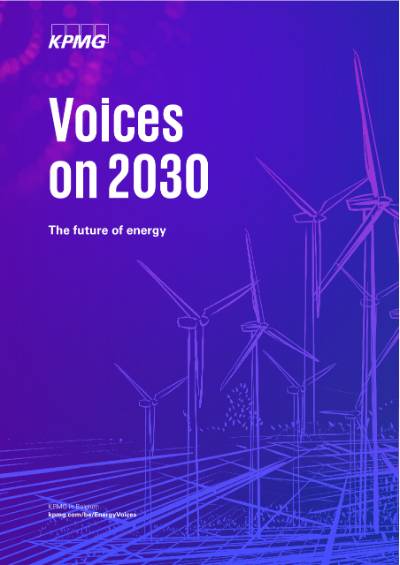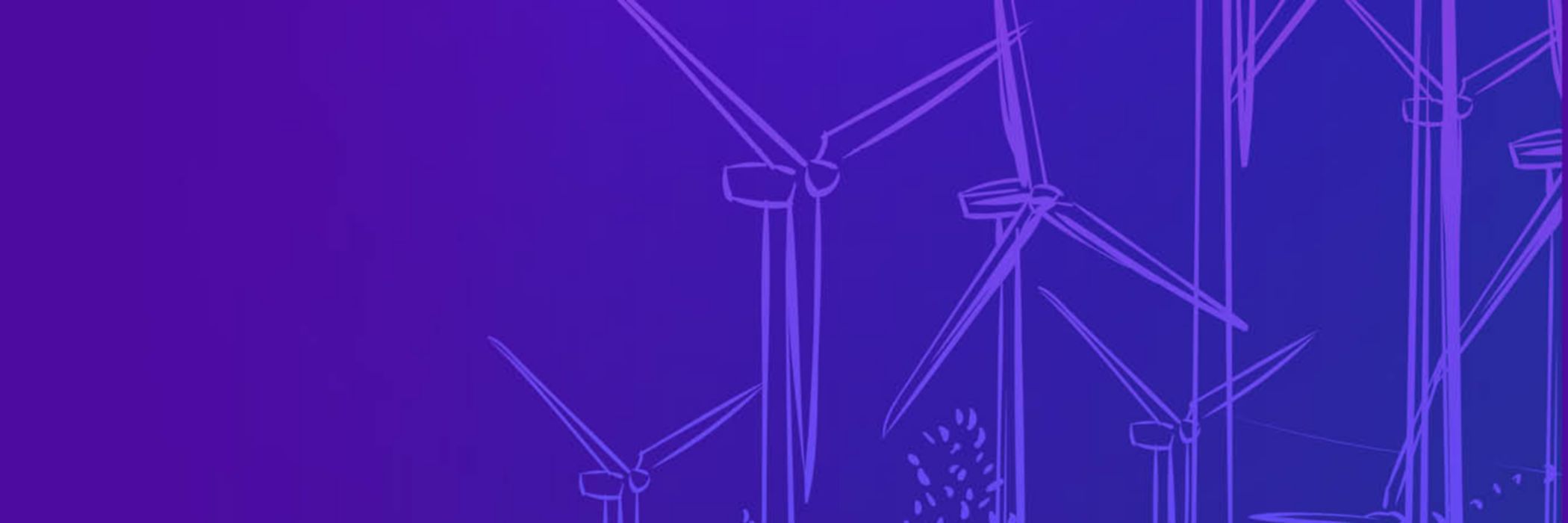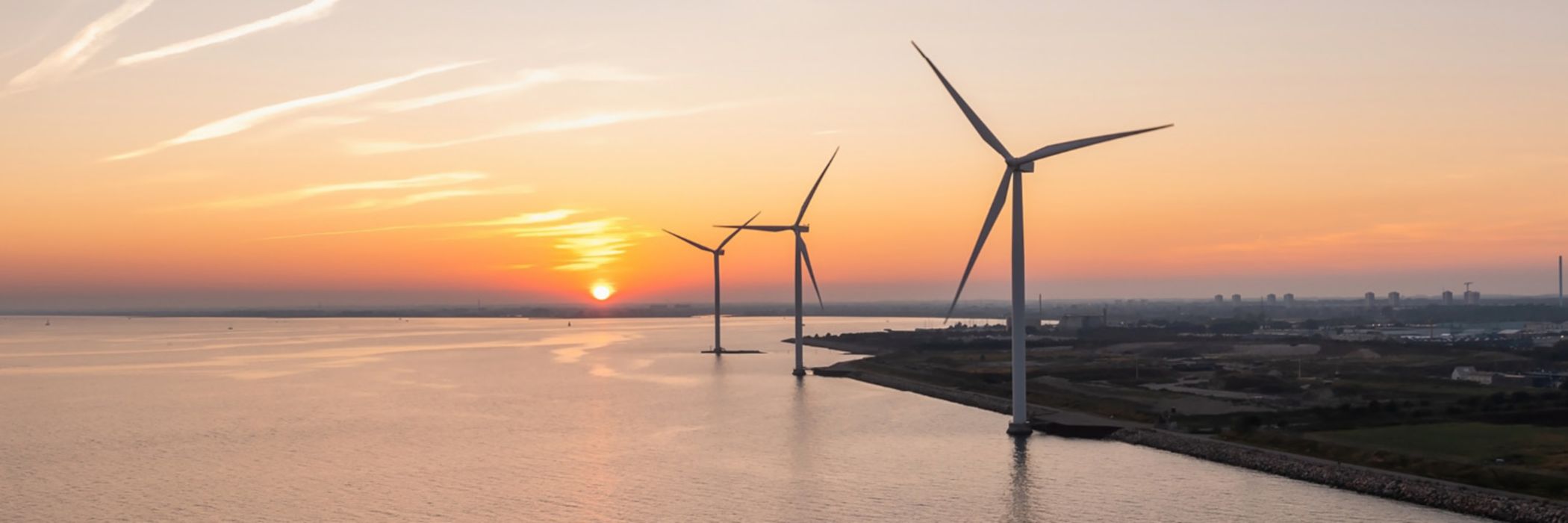The energy mix looks completely different, energy is a currency and Eneco is no longer an energy-only company. In record time, the energy market has been transformed, Eneco CEO Jean-Jacques Delmée knows.
The energy shock we experienced in the early 2020s gradually raised awareness that energy was the currency of the future. Meanwhile, the time has come. Energy is something you obtain or can generate and then consume or store. And you can sell it further if you want: A new kind of currency, in other words.
The important thing is, of course, that you can generate your own energy. That you can print your own money, so to speak. That‘s how, as a consumer, you make sure that you break free from the central energy supply. The energy crisis in 2022 and 2023 showed how important decentralized energy generation is.
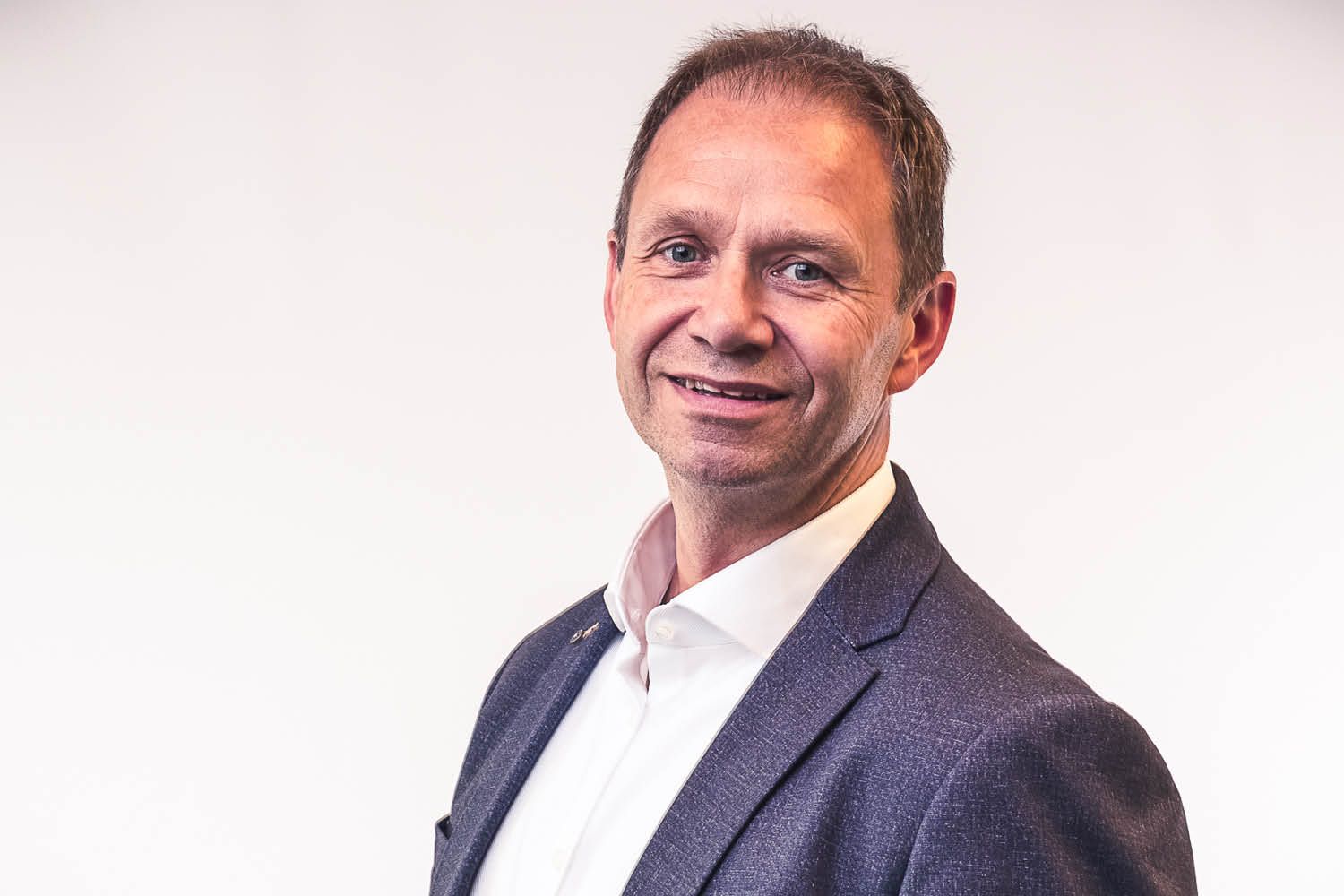
Jean-Jacques Delmée
CEO Eneco
No more energy company
Unfortunately, today this is still insufficient to supply the entire country with energy. Therefore, the second part of the energy transition is still the expansion of larger production players’ renewable assets. As from 2035 Eneco and its customers will no longer be dependent on fossil fuel natural gas.
Now, we are also no longer an energy company. We were 25 years ago. Now the management of energy is completely different and our job is to be a platform that helps users with everything that has to do with energy: generating, consuming, storing, monitoring consumption, etc. We add an intelligence layer.
In itself, this is a remarkable course. Ten years ago, we knew nothing about apps, now we are a complete digital player ourselves, and other apps and software systems are our main competitors. The best proof that our app works extremely well – we no longer have a call center.
Digital meters caused delays
Despite the record pace at which we reinvented ourselves, it was no walk in the park. On the contrary, the road was slow and bumpy.
That has everything to do with the varying pace at which digital meters have been and are being installed. There was and is a very big difference in adoption rates between Flanders, Wallonia and Brussels.
Digital meters are of course a crucial element in looking at energy in a different way. They are the only way to make energy consumption transparent and measurable and make it possible to adjust that consumption instantaneously. Digital meters provide much-needed data availability.
Crisis as accelerator
Digitization sums up the evolution – or call it revolution – in our profession over the past 10 years. It made it possible to set up high-performance energy management systems.
In 10 years, a lot has actually changed. During the COVID-19 period, our parents and grandparents digitized at lightning speed. During the energy crisis, the focus on energy and the energy transition increased dramatically. And in the years that followed, these two elements came together: digitization and awareness of energy demand and generation.
The crisis we had in 2022 and 2023 hurt really hard for a while, but it has been an accelerator. It has caused us to once again live more to the rhythms of nature. The weather determines what energy sources are available and that in turn determines the price at that time. We have therefore adapted to concentrating the bulk of our energy consumption at the times when there is wind and/or sun.
Energy Communities
Making energy data visible has made the impact of our consumption immediately clear, but using data goes beyond that. For example, it is now perfectly possible to start predicting future usage thanks to the use of predictive data. For example, it allows devices today to autonomously decide when is the best time to recharge.
In addition, insights from data also allow us to set up finely meshed energy communities, where it is clear in advance what energy production is needed for a certain group of people or companies and how it will be generated. Peer-to-peer sharing of energy is also an important part of this. These energy communities, by the way, are still the only way to install wind turbines on land. Only if people realize that wind turbines are for their own consumption will they allow their construction.
Renewable + nuclear
All these elements have ensured that the energy mix today looks completely different from, say, a decade ago. The vast majority of our energy comes from renewable sources, such as wind and solar. There are solar panels on all government and enterprise buildings today.
In addition, our innovation efforts have proven successful: flexibility in the energy system is a given and all fossil fuels have been phased out through the use of green gas and green hydrogen. Car batteries also play an important role. Not in the production of energy, but in its storage. This is crucial to being able to use daytime production in the evening and at night. In order to realize the energy transition and meet the sustainability objectives, the Belgian governments had to take the leadership and play a more active role in the sector, sustained by long-term government commitment.
The energy mix today looks completely different than, say, a decade ago. Most of our energy comes from renewable sources. In addition, nuclear plants provide security of supply.
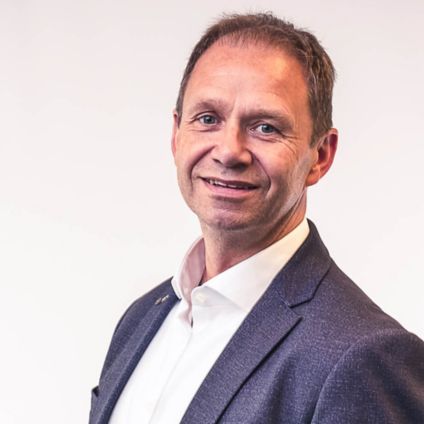
About the interviewee
Jean-Jacques Delmée is CEO of energy producer and distributor Eneco in Belgium. The Dutchman has worked in Belgium since 2009, when he moved to our country for a mission at Coca-Cola. He also worked as Managing Director Extrusion Coatings at Mondi Belcoat. During his career in the Netherlands, Jean-Jacques Delmée worked in numerous commercial management roles, including at FrieslandCampina, SCA and Iams Pet Food.

